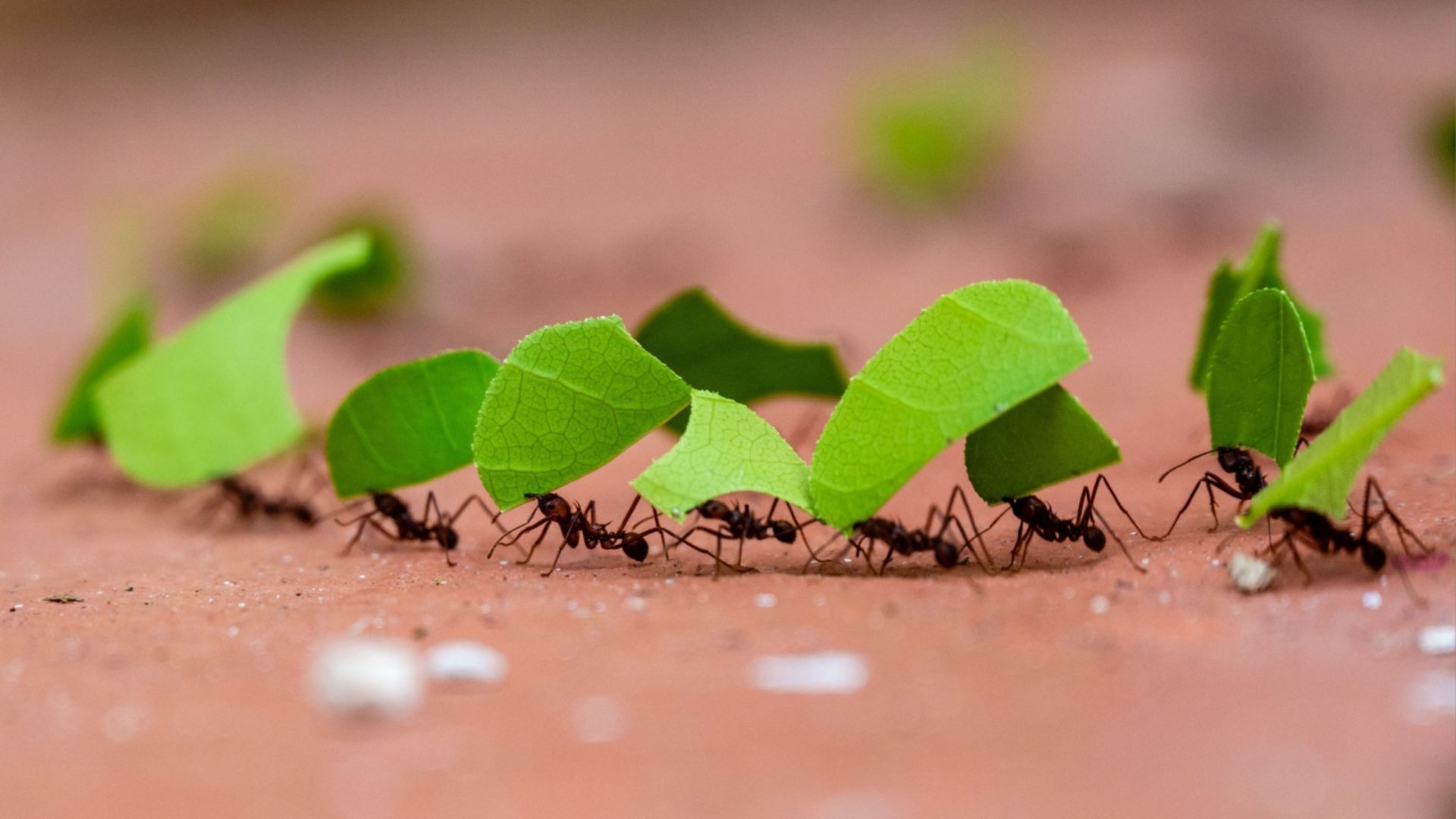Farming is not exclusively a human endeavor. In fact, some animals have developed remarkable techniques to cultivate and harvest their own food.
From the depths of the ocean to the jungles, various species exhibit farming behaviors that are both fascinating and complex. These animals have mastered the art of farming, demonstrating intelligence and adaptability that rivals our own agricultural practices.
1. Leafcutter Ants
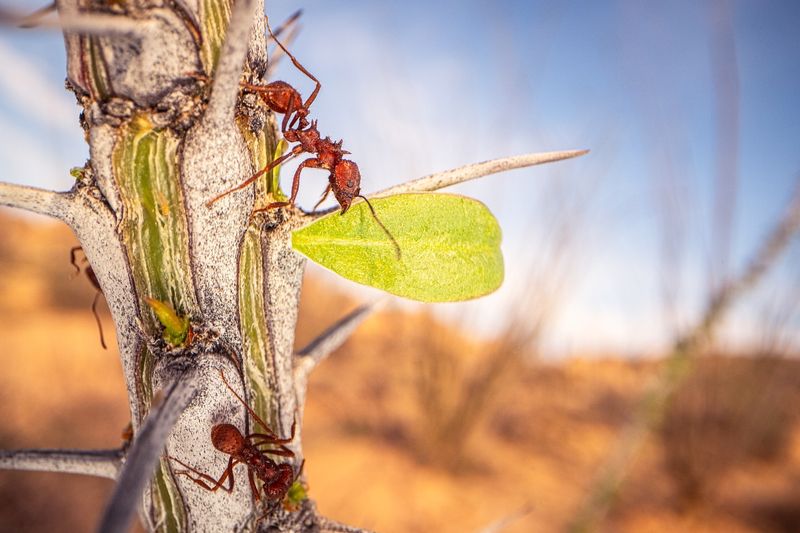
Leafcutter ants are renowned for their extraordinary farming skills. These industrious insects cut leaves and carry them back to their nests.
Inside, they use the leaves to cultivate a special fungus that serves as their primary food source. The ants meticulously tend to the fungus, ensuring its growth and health.
This symbiotic relationship highlights a complex form of agriculture, where each member of the colony contributes to the well-being of the whole. Leafcutter ants showcase remarkable cooperation and organization, traits that are essential for successful farming.
2. Fungus-Growing Termites
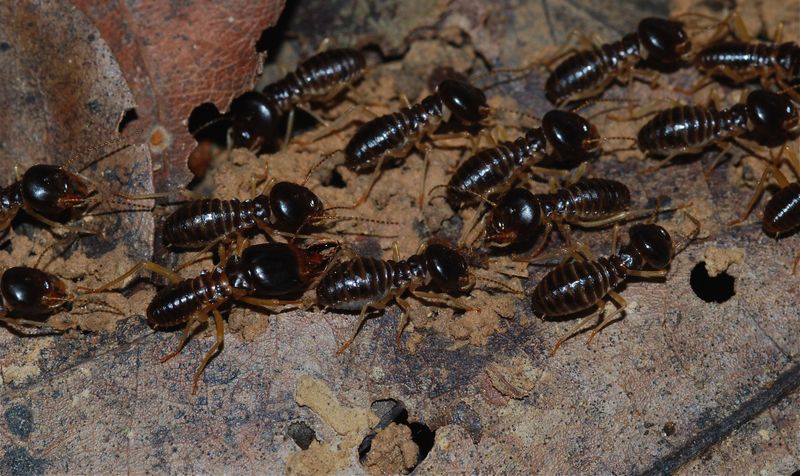
Fungus-growing termites cultivate fungi within their mounds, a practice that resembles human agriculture. These termites gather plant material, which they chew and compost to create a fertile environment for the fungus.
The fungus provides essential nutrients that sustain the colony, and the termites ensure its continuous growth by carefully managing the temperature and humidity within the mound.
This mutualistic relationship between termites and fungi is an impressive example of nature’s ingenuity, illustrating how species can evolve specialized farming techniques.
3. Ambrosia Beetles
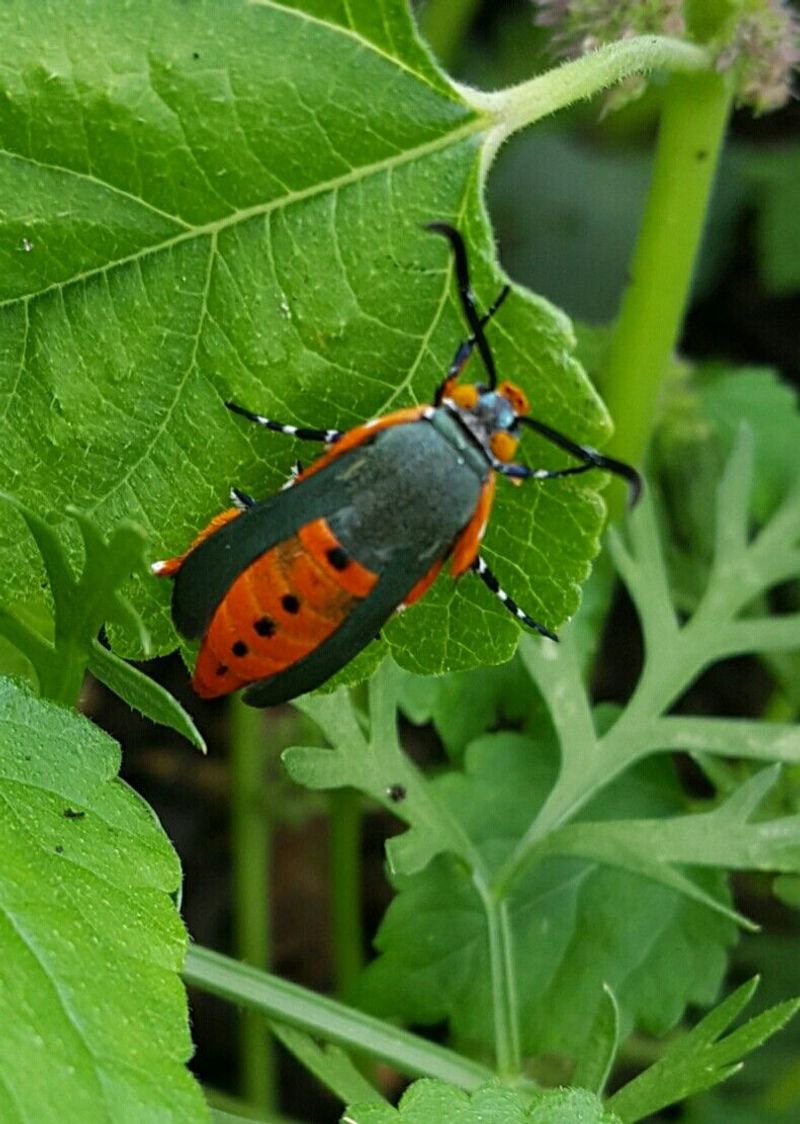
Ambrosia beetles are tiny farmers that cultivate fungus within the trees they inhabit. These beetles bore into wood, creating tunnels where they plant and harvest fungal crops.
The symbiotic fungi provide nourishment for the beetles, and in turn, the beetles maintain the right conditions for the fungi to thrive.
This intricate relationship demonstrates a sophisticated form of agriculture, where both partners benefit immensely. Ambrosia beetles’ farming techniques are a testament to their evolutionary success and adaptability.
4. Damaraland Mole Rats
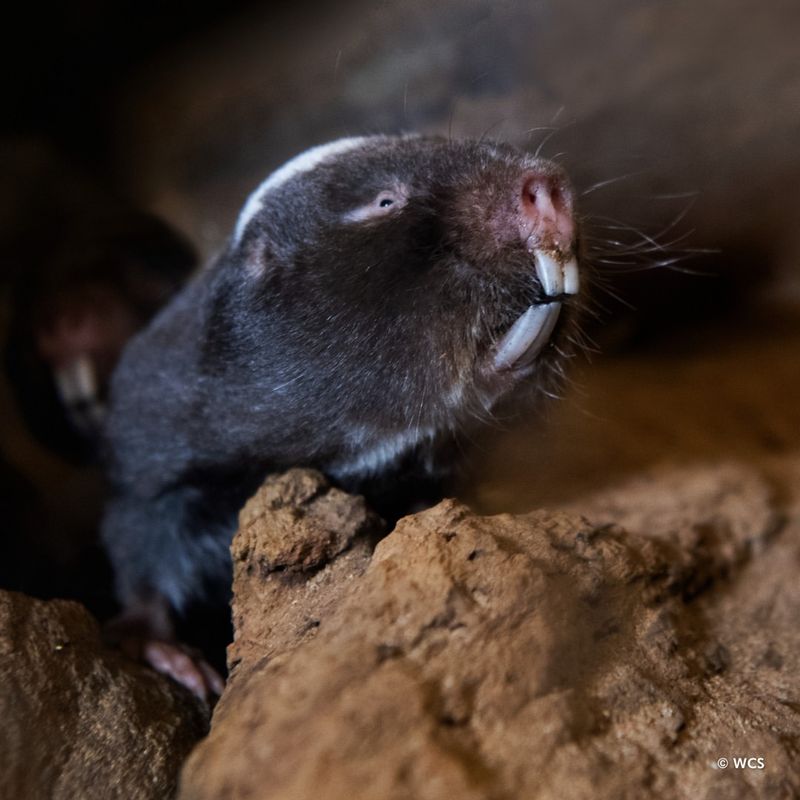
Damaraland mole rats are unique subterranean farmers. Living in the arid regions of southern Africa, these mole rats cultivate underground farms by maintaining complex tunnel systems.
They harvest tubers and roots, storing them for later consumption. This farming practice is essential for their survival, as it provides a reliable food source in a harsh environment.
The mole rats’ ability to adapt to challenging conditions through agriculture is a remarkable example of nature’s resilience and intelligence.
5. Coral
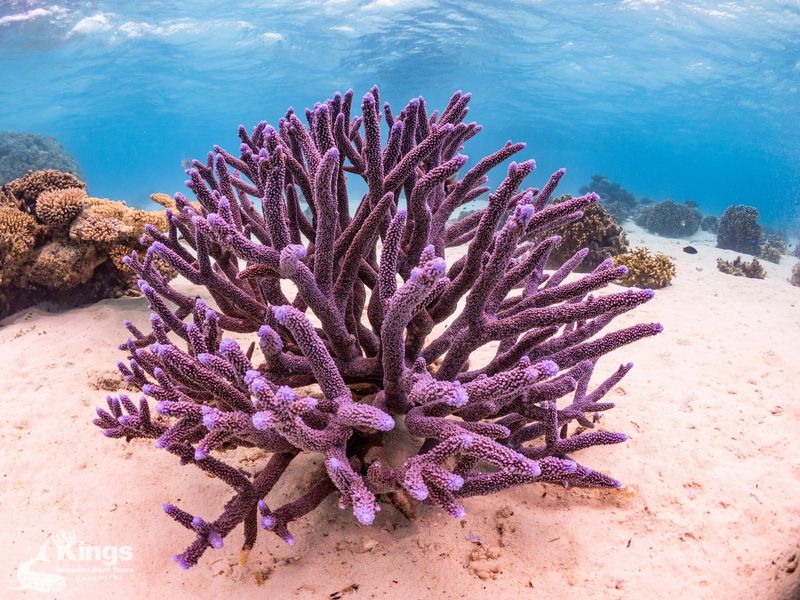
Corals are often thought of as colorful underwater gardens, but they are also remarkable farmers. These marine invertebrates farm algae, known as zooxanthellae, within their tissues.
The algae perform photosynthesis, providing the coral with essential nutrients and energy. In return, the coral provides a protected environment and access to sunlight.
This symbiotic relationship is vital for the health of coral reefs, supporting a diverse ecosystem. Corals’ farming practices are a stunning example of cooperation and mutual benefit in nature.
6. Marine Worms
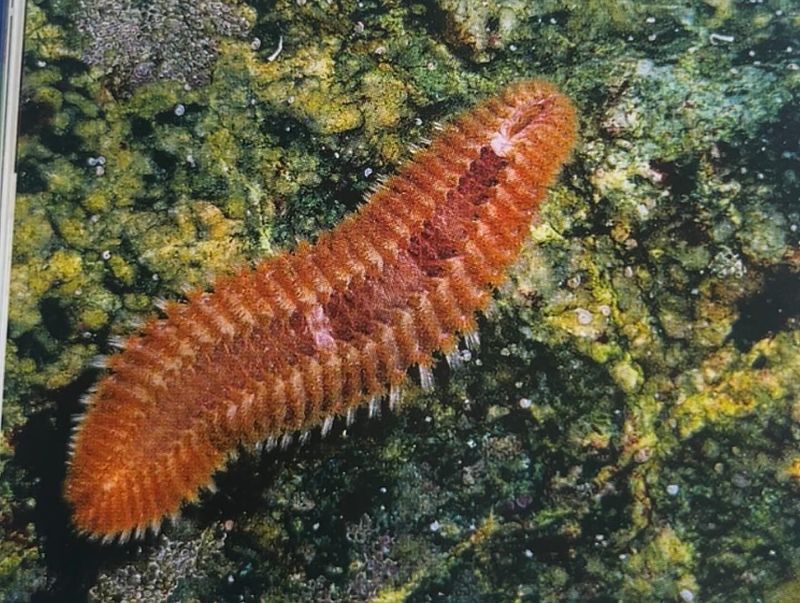
Some species of marine worms cultivate gardens of symbiotic bacteria around them. These worms live on the ocean floor and farm bacteria by secreting substances that encourage bacterial growth.
In return, the bacteria provide nutrients that nourish the worms. This unique farming method allows marine worms to thrive in nutrient-poor environments.
By fostering this symbiotic relationship, marine worms demonstrate an ingenious adaptation to their surroundings, showcasing the diverse ways in which life has evolved to farm.
7. Attine Ants
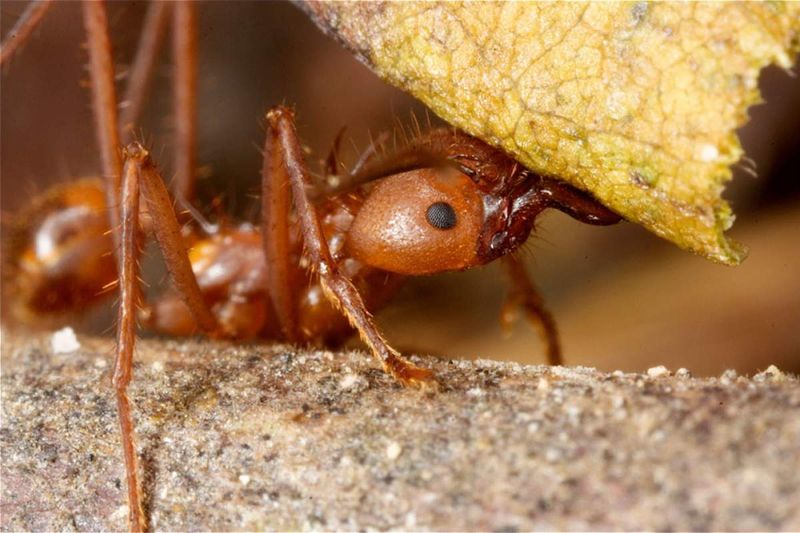
Attine ants are skilled agriculturalists, similar to their leafcutter cousins. These ants cultivate specialized fungal gardens using organic material collected from the forest floor.
The fungus serves as their primary food source, and the ants diligently care for it by maintaining optimal growing conditions. This mutualistic relationship ensures the survival of both ants and fungi.
Attine ants’ farming expertise highlights the complexity of their social structures and their ability to manipulate their environment for sustenance.
8. Riftia Pachyptila (Giant Tube Worms)
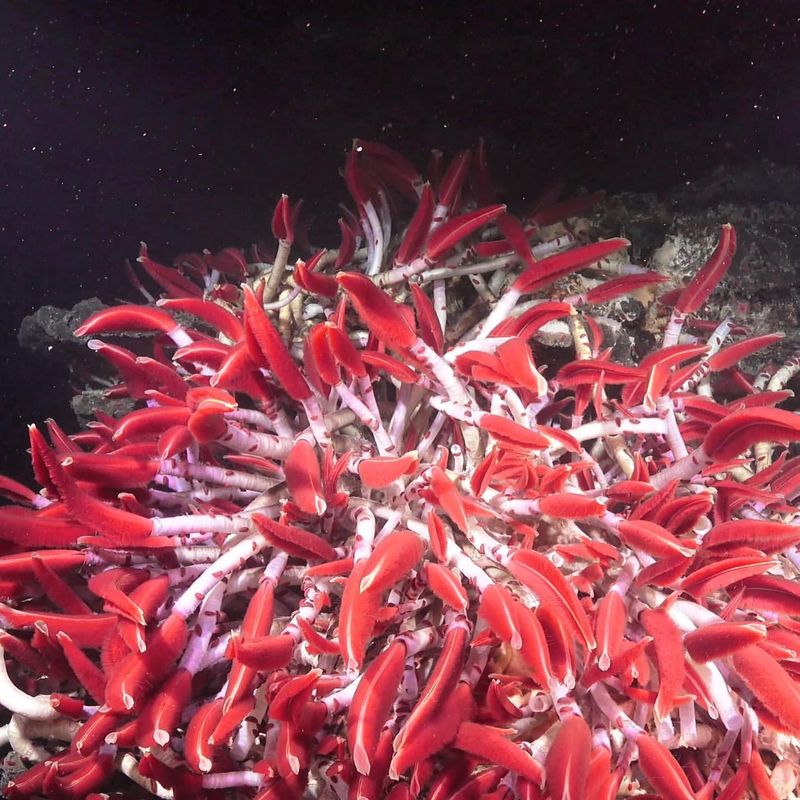
Giant tube worms, found near hydrothermal vents in the ocean, have a fascinating farming method. They host chemosynthetic bacteria within their bodies, which convert chemicals from the vents into food.
This unique symbiosis allows the worms to thrive in extreme environments where sunlight is absent. The bacteria receive protection and nutrients from the worms, completing a mutually beneficial cycle.
Riftia pachyptila exemplifies how life can adapt to extreme conditions through innovative farming techniques.
9. Yellow Garden Spiders
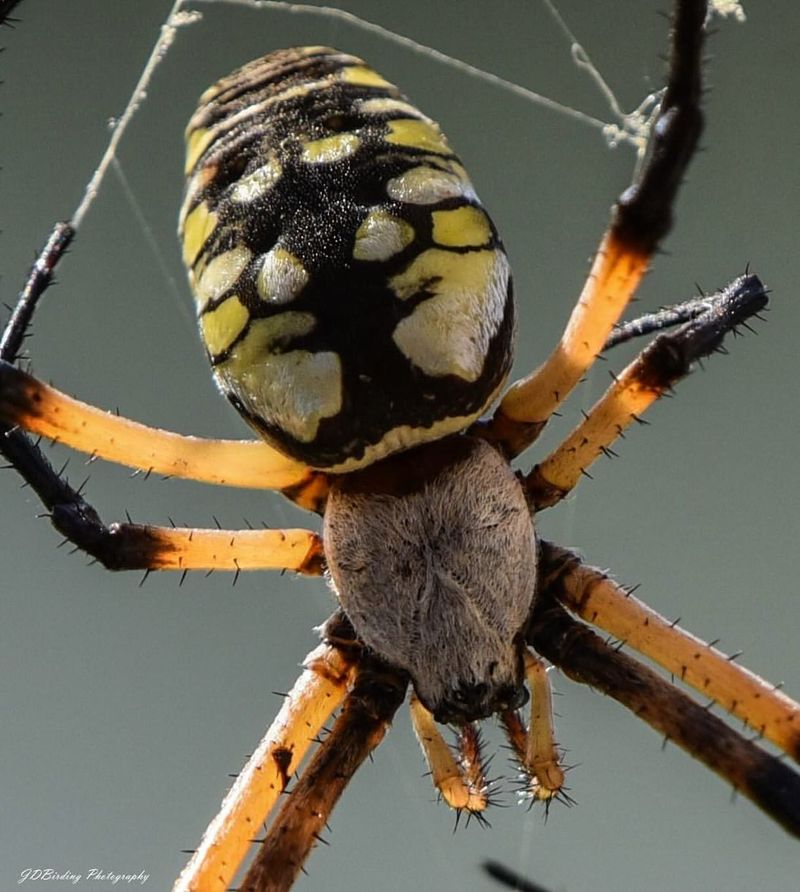
Yellow garden spiders indirectly farm by cultivating an environment rich in prey. These spiders weave intricate webs in gardens, attracting and capturing various insects.
By controlling the pest population, they create a balanced ecosystem that supports plant health and growth. This indirect form of farming benefits both the spiders, who have a steady food supply, and the plants, which thrive with reduced pest pressure.
The yellow garden spider’s role in ecosystem management is a subtle yet effective example of natural farming.
10. African Buffalo
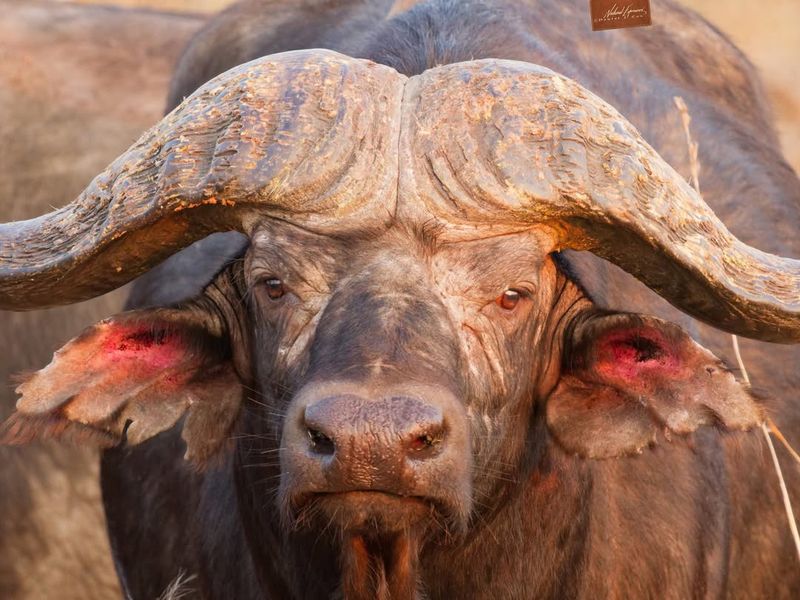
African buffalo play a crucial role in farming the African savanna. By grazing on grasses, they maintain open landscapes that support diverse plant and animal species.
Their movement across the savanna helps disperse seeds and encourages new plant growth, contributing to the ecological balance. This natural farming method benefits the entire ecosystem, promoting biodiversity and sustainability.
African buffalo’s role as ecosystem engineers highlights their importance in maintaining healthy habitats.
11. Gorillas
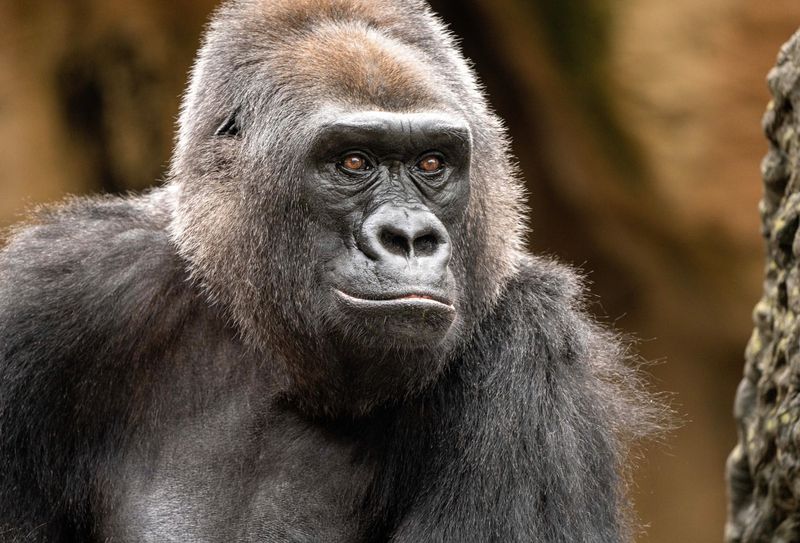
Gorillas are known to engage in a form of farming by selectively eating and pruning vegetation. This behavior shapes their environment, promoting the growth of certain plant species.
By dispersing seeds and controlling plant growth, gorillas influence the composition of their habitat. This indirect farming technique supports a balanced ecosystem that sustains various wildlife.
The gorilla’s role in ecosystem management is a testament to their intelligence and the subtle ways animals can farm.
12. Parrotfish
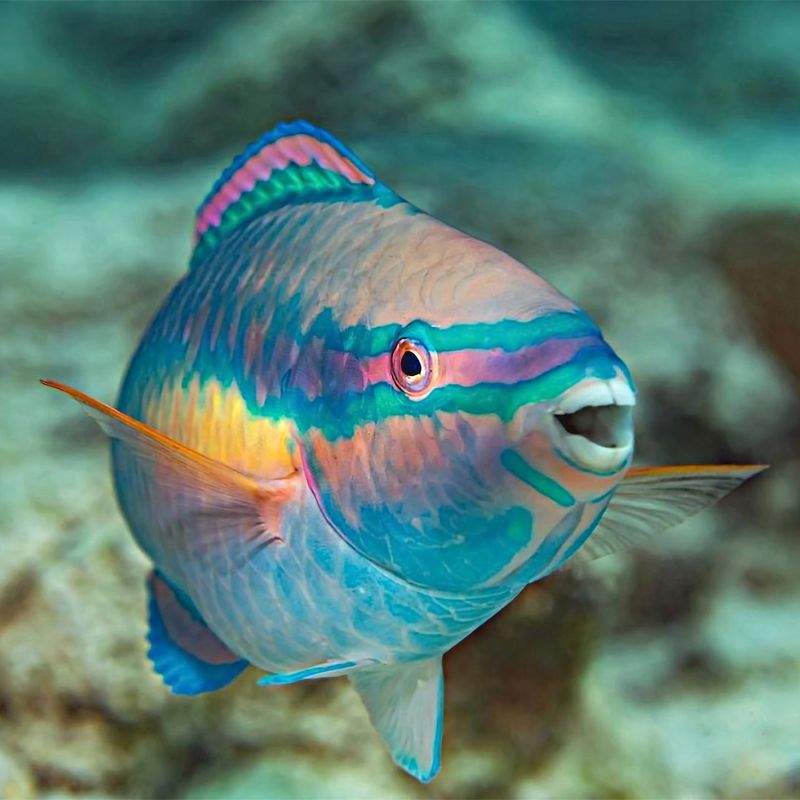
Parrotfish are essential farmers of coral reefs. By grazing on algae, they prevent overgrowth that can smother corals. This grazing behavior helps maintain the reef’s health and biodiversity.
The parrotfish’s feeding activity also produces sand, contributing to the formation of sandy beaches. This unique farming method underlines the interconnectedness of marine ecosystems.
Parrotfish play a vital role in sustaining reef environments, showcasing the importance of balance and harmony in nature.

